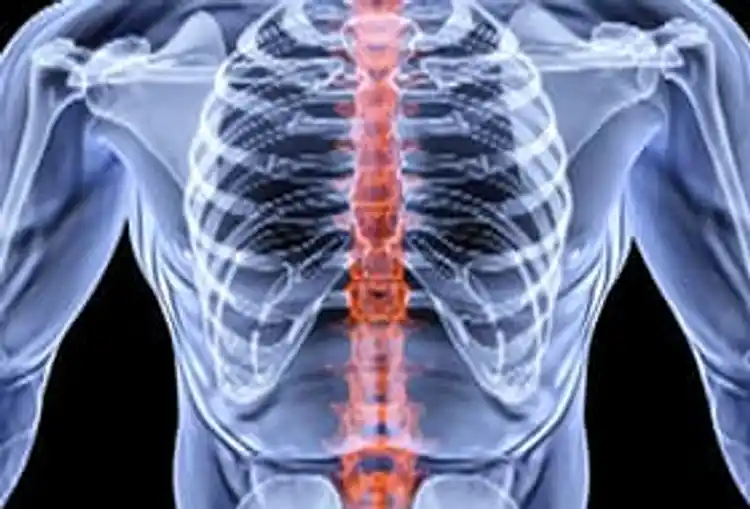Inside a Bone Density Test

Hide Video Transcript
Video Transcript
Narrator
What is a bone density test like? Ethel Siris, MD
The common bone density test is called a DEXA. It's a long table. : And just keep your hands at your side
Ethel Siris, MD
You lie down on it, usually fully clothed. Nothing hurts. There's nothing stuck into you. A machine arm goes over your spine and then you're positioned a little differently and it goes over your hips. Sometimes, you then sit up and have your arm done, but that isn't always done. And, it takes about 10 to 15 minutes, very low radiation, much, much less, you know, than a chest x-ray. And uh, it's pretty easy and pretty safe. Narrator
What about these little tiny ankle testing things? Are they adequate? Ethel Siris, MD
Well, as screening tools, there are ways of measuring bone density at other skeletal sites, such as the heel, and I think those kinds of tests are great in elderly people. Because if you're low at the heel when you're elderly, the odds are, you're really low in general. Any skeletal site that's low is a clue that you have somewhat increased risk for fracture. If you're primarily interested in hip, you'd sort of like to measure the hip. The other thing is you can't monitor people very well using a heel or a forearm measurement. You can best monitor people by looking at the spine or the hip. And even the words osteopenia, osteoporosis, are based on spine and hip measurements. So strictly speaking, if you're low at the heel, yes, your risk is higher, but it's harder to define where you fit. And in younger, post menopausal women, you're more likely to see an early change at the spine than you would be at the other sites. As you grow older, your spine gets more arthritic typically. The spine measurements are less helpful, the hip measurement becomes the most useful. 